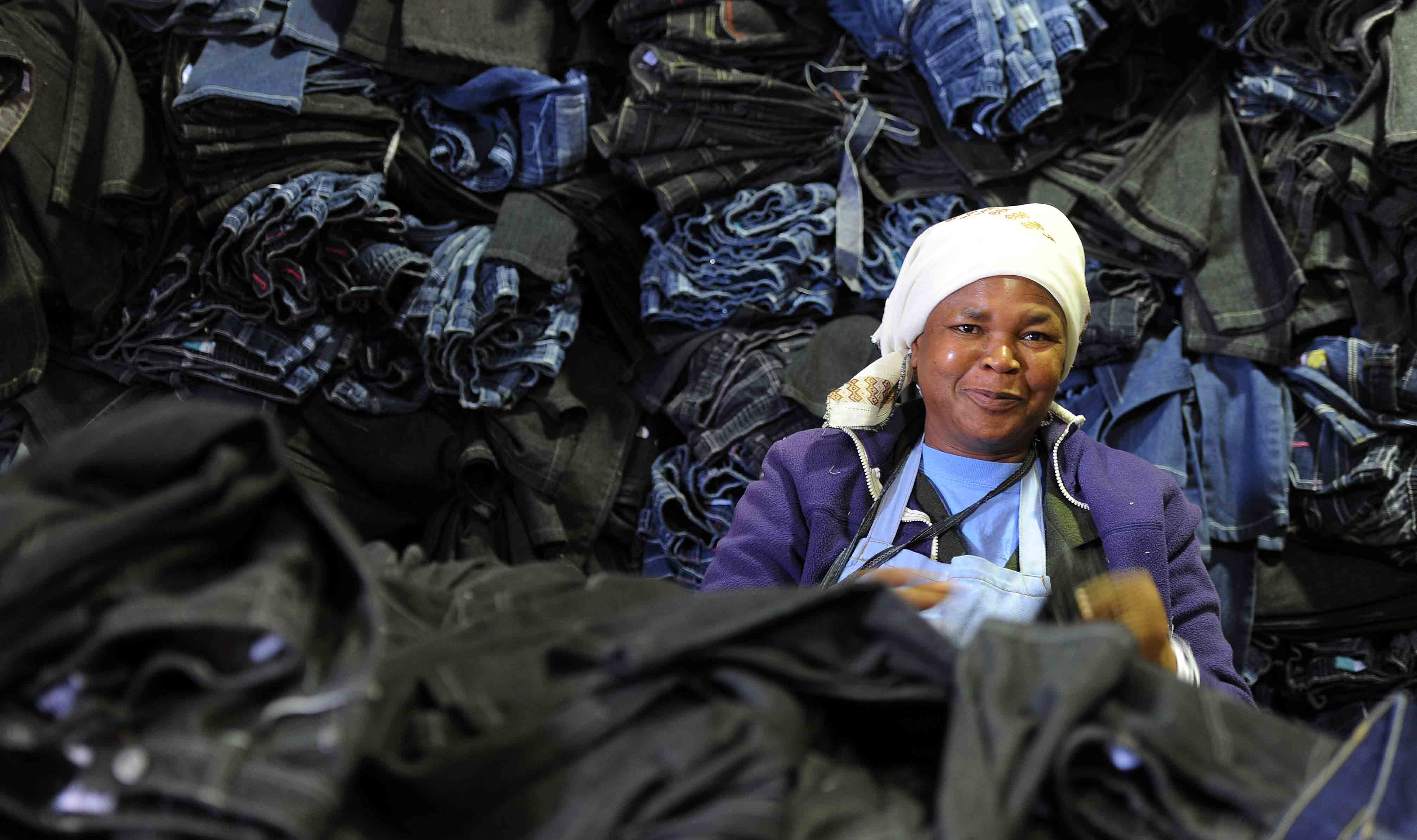- Local manufacturers to supply Cash Bazar
- Association about to strike another deal with Edgars, Jet, Foschini
- Textile exports seen rising
Gazette Reporter
Soon, pan African clothing retailers like the EDCON group (representing Edgars, Boardmans, CNA, JET, JET Mart and Legit) will be selling clothes made by Botswana textiles and clothing companies, President of Botswana Textile and Clothing Association (BTCA) Banusi Mbaakanyi has revealed.
Mbaakanyi said fruitful meeting was held on the 30th of July 2018 between Cash Bazaar and selected Botswana Textile and Clothing Association members, where it was agreed that the outlet will be supplied by local clothing manufacturers. Cash Bazaar had also intimated that it would be looking to link with and support dynamic young designers in the development of collections for their stores regionally.
To strengthen the capacity of SMME manufacturers, Cash Bazaar has expressed its willingness to run a pilot programme where a Cut, Make and Trim (CMT) arrangement where SMME manufacturers with cash flow difficulties can be assisted with the provision of fabric. Furthermore, Cash Bazaar has also expressed its willingness pay a deposit on orders issued.These arrangements are scheduled to come into effect in time for the 2019 winter season.
Similarly, a meeting between BTCA and EDCON group (representing Edgars, Boardmans, CNA, JET, JRT Mart and Legit), Pepkor and Foschini Group of Companies is scheduled to take place by August 2018 in a bid to buy from local manufacturers, according to Mbaakanyi.
Preparations are underway to capacitating the first ten local Companies. These are viewed as the “low hanging fruits” to supply these designated Group of Buyers, with the initially five selected items among their many product range of merchandize. BTCA in collaboration with Ministry of Investment, Trade and Industry (MITI), Botswana Investment and Trade Centre (BITC) as well as Botswana Bureau of Standards (BOBS) are facilitating the Supplier Development Programme (SDP) which Mbaakanyi hopes will eventually lead to more international market access.
In addition, about seven (7) SMMEs are collaborating to work together as a consortium in bidding for Government tenders. She said the School Uniform market requires companies to be organized items of consolidation of too many colours which hinder economies of scale in fabric bulk procurement.
The Consortium business linkage Model is being encouraged by BTCA among its membership, to build the required productive capacities including subcontracting arrangements. If this turns out to be successful it will be promoted around the country. The BTCA Market Access subcommittee is dedicated to this objective and its activities and working hard on these issues.
“In light of the above, we are optimistic about the relationships being forged between BTCA, Botswana Investment and Trade Centre (BITC), Ministry of Investment Trade and Industry (MITI) and these regionally chain stores in paving the way towards a revived Textile and Clothing Sector. We are on the brink of witnessing Botswana brands on the shelves of regionally acclaimed chainstores,” she said.
Around 2011, textiles and clothing sector, used to be the third leading export commodity after Diamonds, Copper and Nickel, with the highest employment figures of 10 529 workers, according to Statistics Botswana.
The figures constituted per ratio more women to men employed in the sector. The targeted export markets for the Textile and Clothing industry were the Southern African Development Community (SADC) countries, particularly, South Africa. Other countries targeted for the export market included America (the African Growth Opportunities Act (AGOA) market) Europe, Taiwan and United Kingdom (UK). The value of exports to the AGOA market ranged from 6 percent and 7 percent of total exports between the years 2009-2011. The sector then, contributed about 4 percent to the Gross Domestic Products (GDP), during its glory days.

